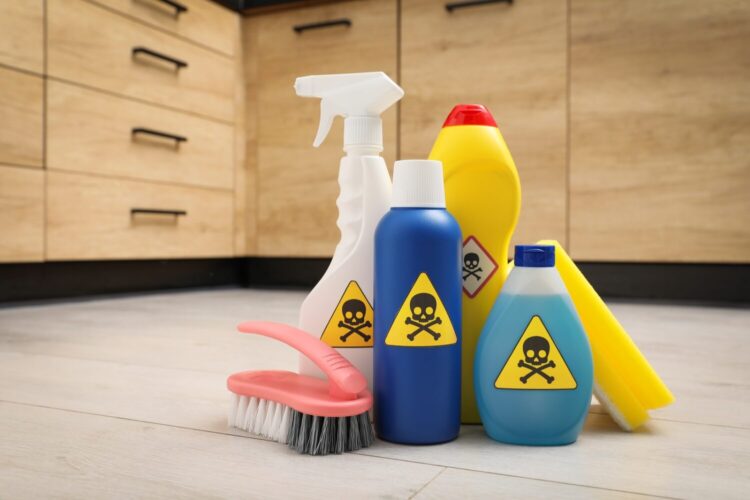In today’s world, the importance of a safe living environment cannot be overstated. Reducing chemicals in your home is not merely a trend; it is a necessary step towards a healthier life for you and your family.
With many common household products containing potentially harmful substances, it’s crucial to transition to non-toxic alternatives. You may not realize how pervasive these chemicals can be, but according to the Agency for Toxic Substances and Disease Registry, exposure can happen through breathing, skin contact, or ingestion.
This exposure might lead to serious health issues, underscoring the urgent need for awareness.
Table of Contents
Key Takeaways
- Understanding the risks of chemical exposure is essential for a safe home.
- There are many common sources of harmful chemicals in everyday household items.
- Adopting non-toxic alternatives can significantly improve your indoor air quality.
- Eco-friendly home solutions benefit both your health and the environment.
- Making small changes can lead to a much healthier living space.
Understanding Chemical Exposure and Its Risks
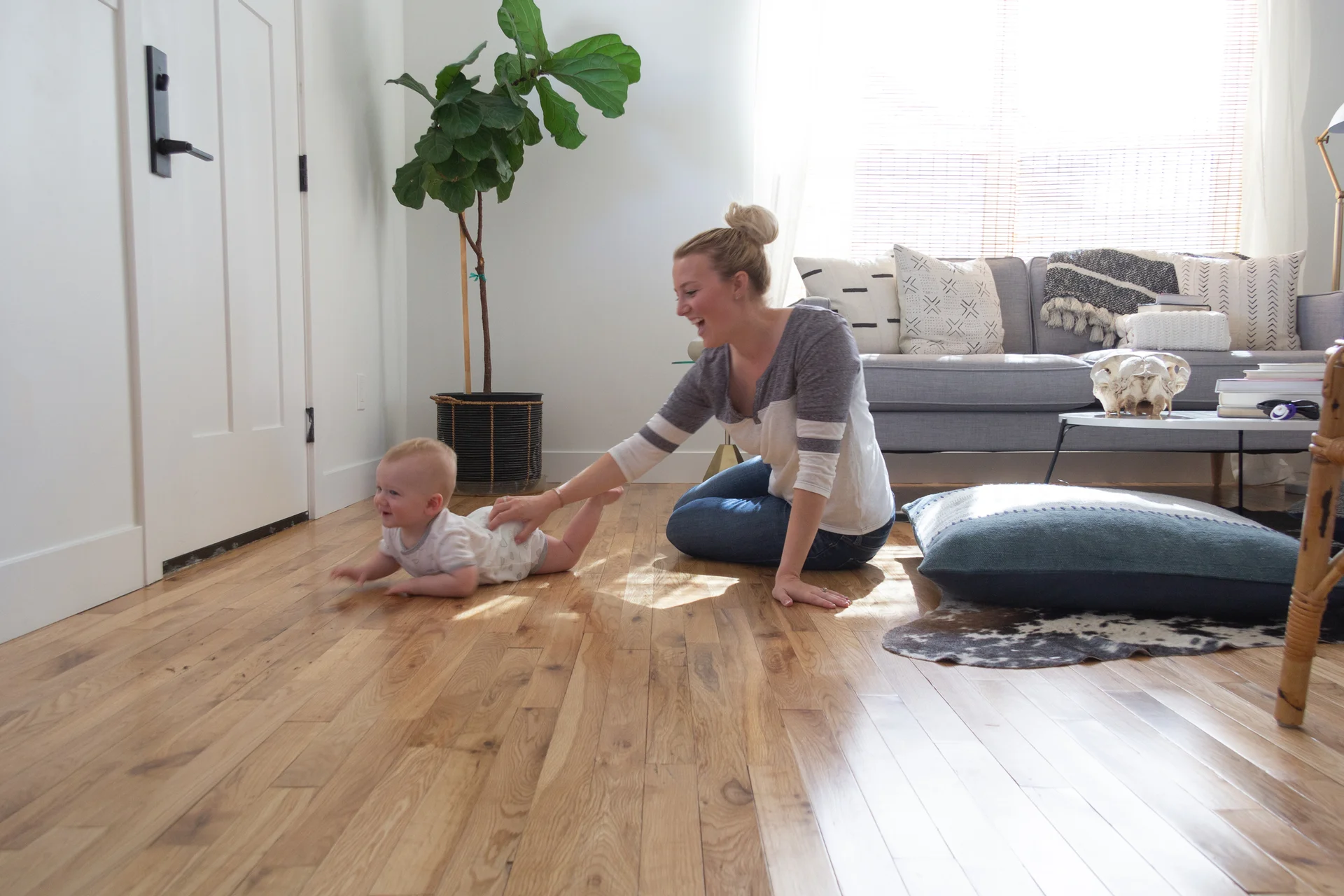
Chemical exposure is something that you encounter daily, often without realizing it. This term encompasses coming into contact with various chemicals, some of which can have harmful effects on your health, especially when they accumulate in your body over time. Awareness of the sources of these harmful chemicals in your home is crucial to mitigating the associated risks.
What is Chemical Exposure?
Chemical exposure occurs when you inhale, ingest, or touch chemicals present in your environment. These substances can be natural or synthetic, and their effects on health can vary greatly. Long-term exposure, even to small amounts of certain chemicals, can lead to serious health concerns, highlighting the importance of understanding the risks of chemical exposure.
Common Sources of Harmful Chemicals in Your Home
Your home can be a haven for harmful chemicals, often found in everyday products. Common sources include:
- Cleaning products that contain toxic ingredients.
- Pesticides are used in gardens and around the home.
- Building materials, particularly older homes might contain lead or asbestos.
- Cooking utensils and non-stick cookware that may leach harmful substances.
- Air fresheners and scented products that can release endocrine disruptors.
By identifying these sources, you can take steps toward creating a safer living environment. Knowing the risks helps foster sustainable living tips, encouraging the use of natural or eco-friendly alternatives.
Reducing Chemicals in Your Home ─ Safe Alternatives and Tips
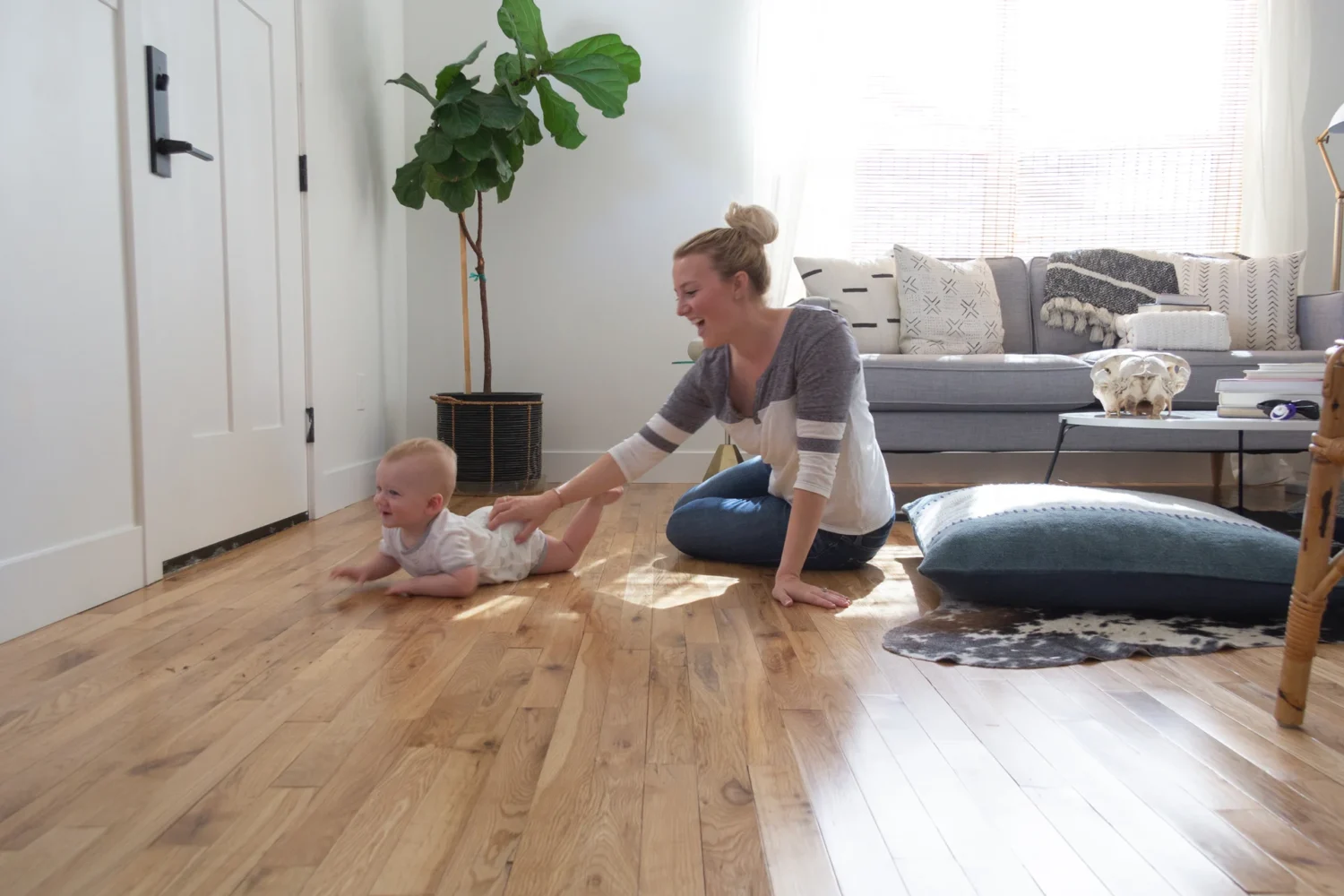
Reducing chemicals in your home not only contributes to a safer living environment but also positively impacts the planet. Awareness of the environmental consequences of chemical use is essential for understanding how your choices influence local ecosystems.
Environmental Impact of Chemical Use
The use of traditional household products can lead to significant runoff that contaminates soil and waterways. This impact can have disastrous effects on wildlife and aquatic habitats. Awareness of these consequences prompts a shift toward minimizing harmful substances in your home. By choosing eco-friendly home solutions, you can help protect local environments and promote a healthier ecosystem.
Safe Alternatives to Common Household Products
Discovering safe alternatives to household products helps maintain a clean and safe space. Natural household cleaners, such as vinegar, baking soda, and lemon juice, serve as effective substitutes for many chemical-laden products.
These simple ingredients can tackle stains, neutralize odors, and disinfect surfaces. Making the switch to these safe alternatives to household products ensures a healthier home for you and your family while reducing exposure to harmful ingredients as per https://cal-star.com/.
Here are some popular DIY recipes:
Green Cleaning Products and DIY Solutions
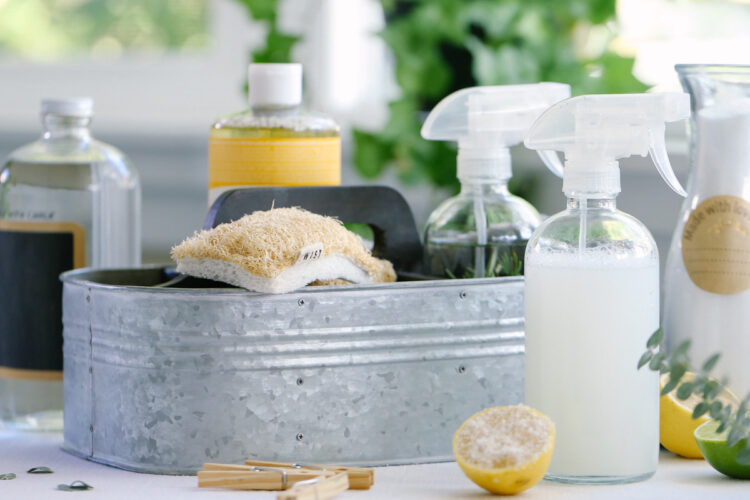
Many green cleaning products on the market today are certified by the EPA, proving their effectiveness and safety. Integrating these products into your routine can greatly enhance your efforts in reducing chemicals in your home.
In addition to commercial options, creating your own cleaning solutions offers personal satisfaction and assurance about what goes into your home environment. Simple ingredients combined can yield powerful cleaning tools, providing you with various eco-friendly home solutions. Here are some common DIY recipes:
| Cleaning Task | Ingredients | Instructions |
| All-Purpose Cleaner | 1 part vinegar, 1 part water | Mix ingredients in a spray bottle and shake well. |
| Glass Cleaner | 1 cup vinegar, 1 cup water, 1 tablespoon cornstarch | Combine in a spray bottle and shake until dissolved. |
| Baking Soda Scrub | Baking soda, water | Mix to form a paste for scrubbing surfaces. |
| Air Freshener | Water, essential oils (like lavender or lemon) | Mix in a spray bottle to freshen the air naturally. |
By adopting these practices, you empower yourself to maintain a clean and safe environment while prioritizing health and sustainability. Taking small steps today can lead to significant benefits for both your household and the environment.
Conclusion
Reducing chemicals in your home is not just a trend; it’s a crucial step towards a healthier lifestyle and a more sustainable environment. By implementing the various strategies discussed, you can significantly lessen your exposure to harmful substances.
Understanding what constitutes chemical exposure and identifying common sources in your household empowers you to make informed choices. These adjustments foster not just a chemical-free home but also a thriving ecosystem for future generations.
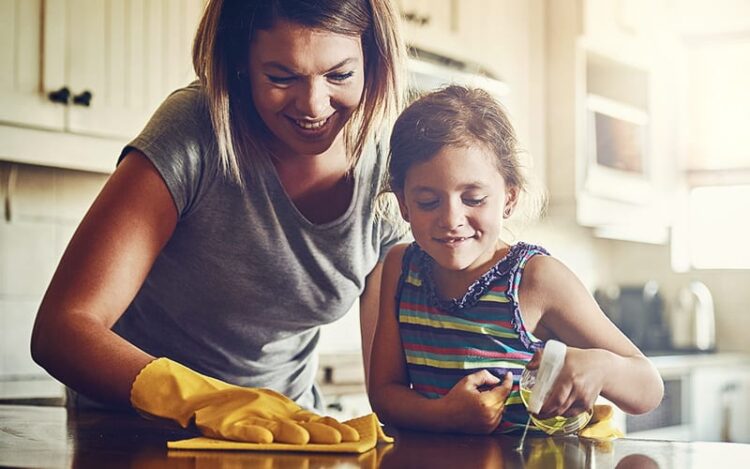
FAQ
What are the primary health risks associated with chemical exposure in the home?
Chemical exposure in the home can lead to various health issues, including respiratory problems, skin irritations, hormonal disruptions, and long-term conditions such as cancer. Understanding the sources of these chemicals is crucial to minimizing risk.
How can I identify which household products contain harmful chemicals?
Check labels for ingredients like phthalates, parabens, formaldehyde, and chlorine. Products with fragrance typically contain undisclosed chemicals, which can also be harmful. Researching brands that specialize in eco-friendly and non-toxic alternatives can be beneficial.
What are some effective natural alternatives to commercial cleaning products?
You can use vinegar, baking soda, lemon juice, and castile soap for cleaning. These ingredients are known for their cleaning properties and are safe for both your family and the environment.
Are there certifications or labels I should look for when choosing green cleaning products?
Look for certifications such as EPA Safer Choice, Green Seal, or USDA Organic. These labels indicate that the products meet specific environmental and safety standards.
